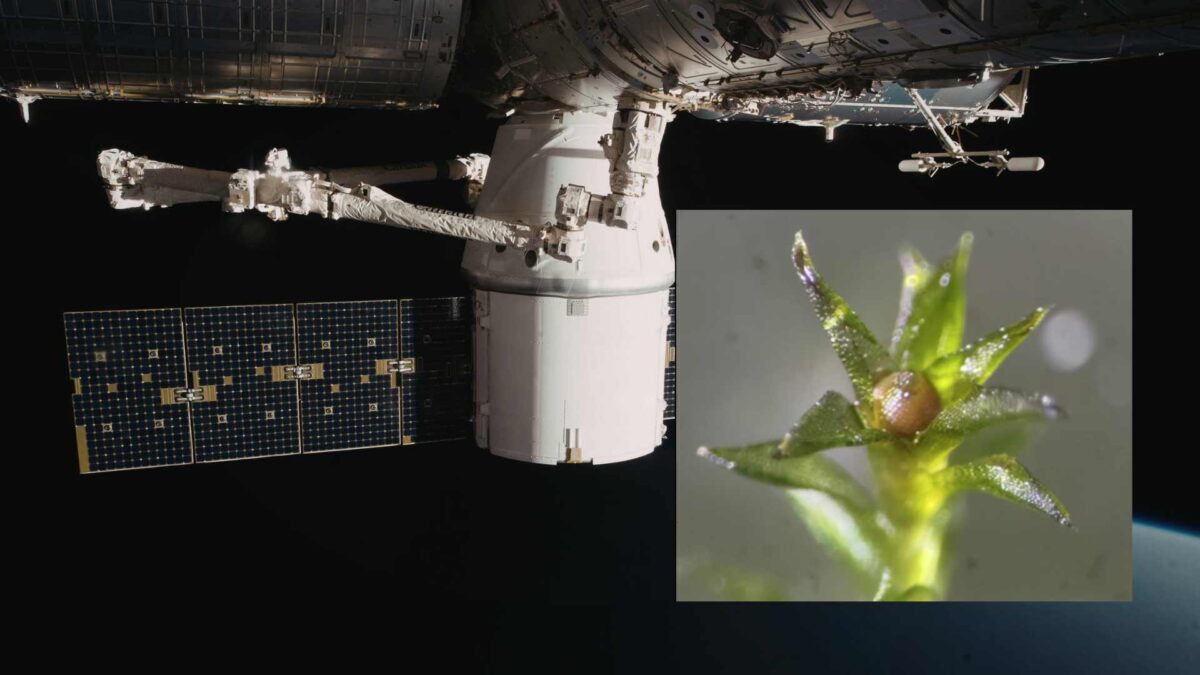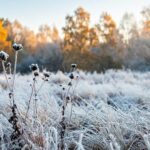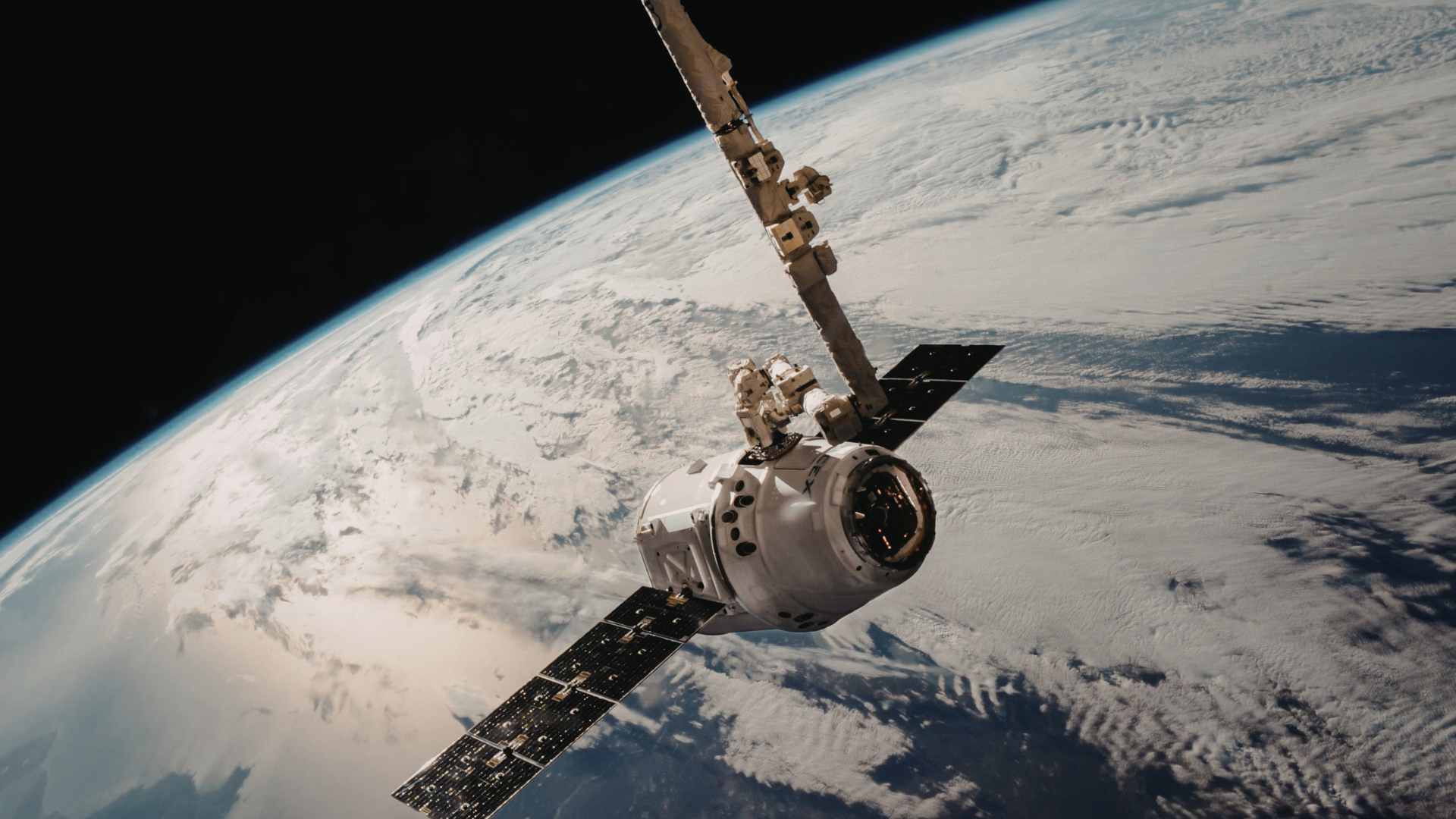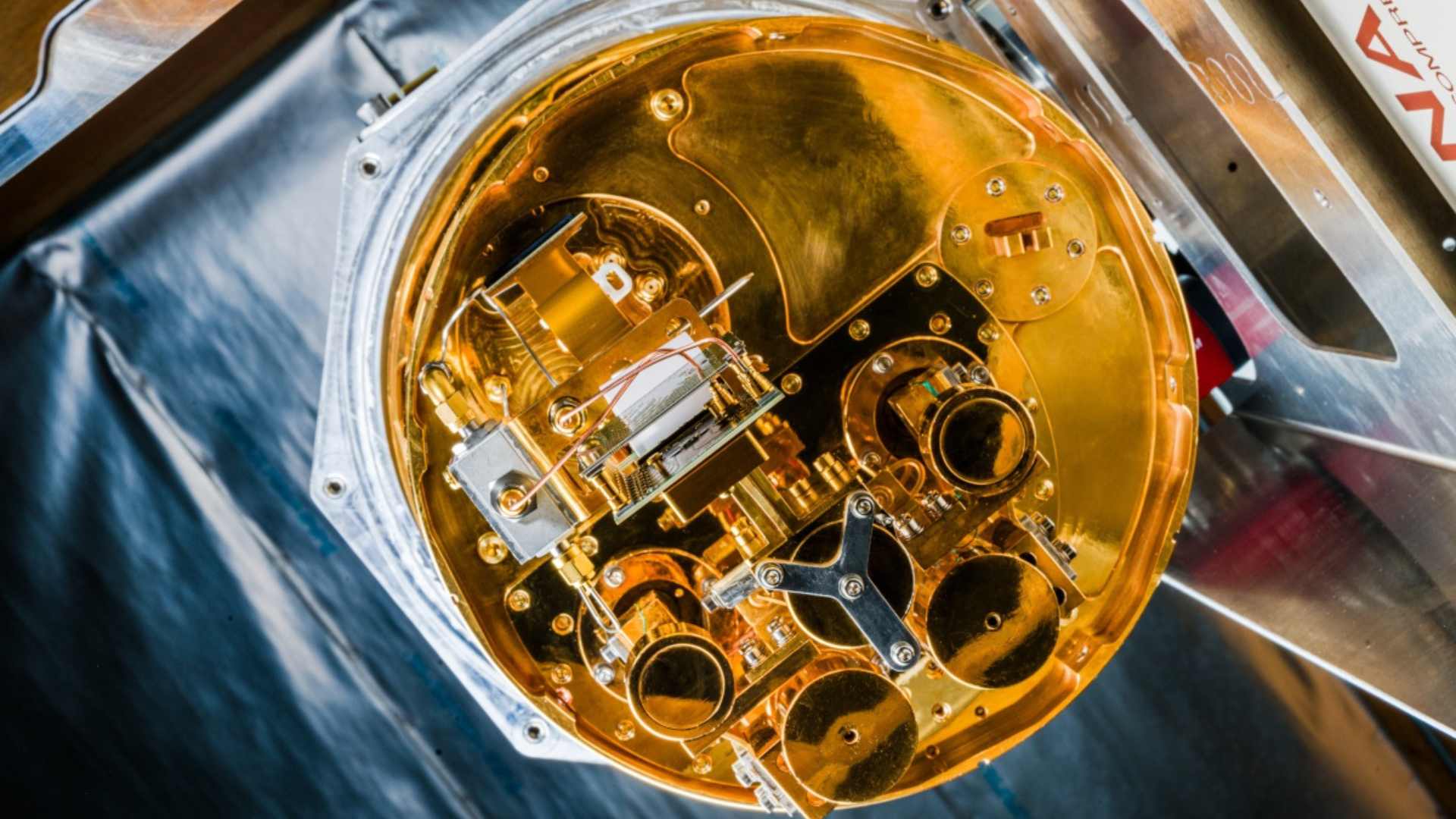
Earth’s Hardiest Plant Thrives in Orbit

A species of moss has survived nine months outside the International Space Station, with more than 80 percent of its spores returning to Earth still capable of growing.
The findings mark the first time an early land plant has been shown to withstand long term exposure to the vacuum and radiation of space.
The study, published in the journal iScience, focused on Physcomitrium patens, a small and hardy moss found across the world. Researchers in Japan selected its spores after laboratory tests showed they were far more resilient than other parts of the plant. The spores tolerated extreme heat, deep cold and intense ultraviolet radiation that killed juvenile moss within minutes.
To test whether they could endure real space conditions, hundreds of sporophytes were launched to the International Space Station in 2022. Astronauts mounted the samples on the outside of the station, where they remained exposed to vacuum, cosmic radiation and dramatic temperature swings for 283 days.

When the samples returned to Earth in early 2023, the research team found that a large majority of the spores had survived and could still germinate. Chlorophyll levels remained normal, apart from a modest drop in one light sensitive pigment that did not affect overall health.
The researchers believe the spores’ protective outer layer acts as a physical and chemical shield, an adaptation that helped early mosses move from water to land about 500 million years ago. Their modelling suggests that the spores might survive in space for as long as 15 years, though the team said more data is needed.
The study adds to growing evidence that some of Earth’s earliest plants may be capable of enduring extreme extraterrestrial environments. The authors hope the work will guide future research on whether moss could help support plant growth and simple ecosystems on the Moon or Mars.
Share this WeathÉire story:







